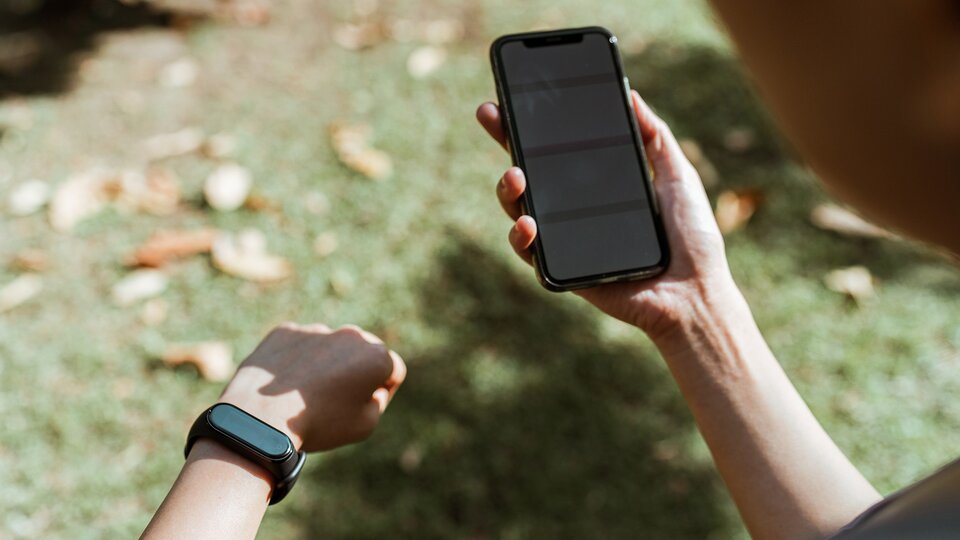With the increasing number of wearable devices, it is easier than ever to effectively track your heart rate and use that information to create an individualized training program based on your goals. While many apps will calculate your individualized heart rate zones, the standard formula of determining your maximum heart rate is 220 – Your Age. You can calculate your heart rate zones by multiplying your max heart rate by the following percentages: 50%, 60%, 70%, 80%, 90%.
For example, If you are 40 years old, your maximum heart rate will be 180 beats per minute.
- Zone 1: 50% – 60% = 90 bpm – 108 bpm
- Zone 2: 61% – 70% = 109 bpm – 126 bpm
- Zone 3: 71% – 80% = 127 bpm – 144 bpm
- Zone 4: 81% – 90% = 145 bpm – 162 bpm
- Zone 5: 91% – 100% = 162 bpm – 180 bpm
Once you have this information, you can start using your heart rate data to shape your training. Here are a few guidelines that you can use to identify what type of exercise you should be doing.
Improving Cardiovascular Health
If your goal is to improve your overall cardiovascular health, you want to focus on light to moderate workouts that elevate your heart rate between zone 1 and zone 2 (50-70% of your maximum heart rate) for extended periods of time. Experts suggest at least 150 minutes of aerobic exercise per week will enhance your overall health by strengthening your heart muscle, increasing pumping efficiency, improving circulation, lowering blood pressure, and reducing risk of cardiac events (1)(2). Cardiovascular exercise will also enhance your lung capacity, oxygen efficiency leading to increased stamina in physical activities and everyday tasks (3). A tracking device can provide real-time feedback which can help keep you motivated in reaching your fitness goals.
Losing Fat
If your goal is to lose body fat, you want to focus on expending more calories than you consume (4). You may want to first try moderate intensity workouts that keep your heart rate within zone 2 (60-70% of your maximum heart rate) for extended periods of time. Zone 2 training is generally recommended for fat loss because your body will use fat as your primary sole energy when performing activities under your aerobic threshold. It also has the added benefits of feeling easier allowing you to exercise for longer durations, recover faster and have less daily muscle soreness (5).
Increasing Endurance
If your goal is to increase your cardiovascular endurance, you want to focus on medium intensity workouts that keep your heart rate around your zone 3 (70-80% of your maximum heart rate) for sustained periods. As you work harder, your body must switch from using fat to using carbohydrates which is referred to as your aerobic capacity. Training within this zone will increase your use of oxygen, your lactate threshold, and your mitochondrial density allowing you to run, bike and swim for longer periods of time (6).
Building Muscle and Burning Fat
If your goal is to obtain a leaner physique by increasing muscle and losing fat, you want to focus on interval training that alternates between high-intensity intervals (80-90% of your maximum heart rate) and active recovery periods (50-60% of your maximum heart rate). This training can increase anaerobic capacity, boosts metabolism, burn fat, and improves overall fitness (7)(8). This type of training is the most effective and efficient because it will hit all 5 cardiovascular zones. HIIT workouts are typically shorter in duration compared to traditional steady-state cardio sessions but can burn as many as or even more calories. In clinical studies, HIIT has also been shown to be effective in promoting fat loss while preserving lean muscle mass (7). Lastly, HIIT has been shown to improve insulin sensitivity and glucose regulation, making it beneficial for managing and preventing type 2 diabetes (9).
Optimization of Rest Days
The most amazing part of wearable technology is the ability to monitor your daily readiness through heart rate variability (HRV). Your HRV is a measurement on how ready your body is for exercise. Your HRV scores can guide your decisions on whether to engage in intense workouts or opt for more recovery-focused activities (10). Simply put, if you have a high HRV, you can push yourself. If you have a low HRV, you may want to take a rest day. Listening to your biological markers can effectively lower your risk of overtraining, injuries, fatigue, and burnout.
References:

324507 581001Um, take into consideration adding pictures or much more spacing to your weblog entries to break up their chunky look. 700549